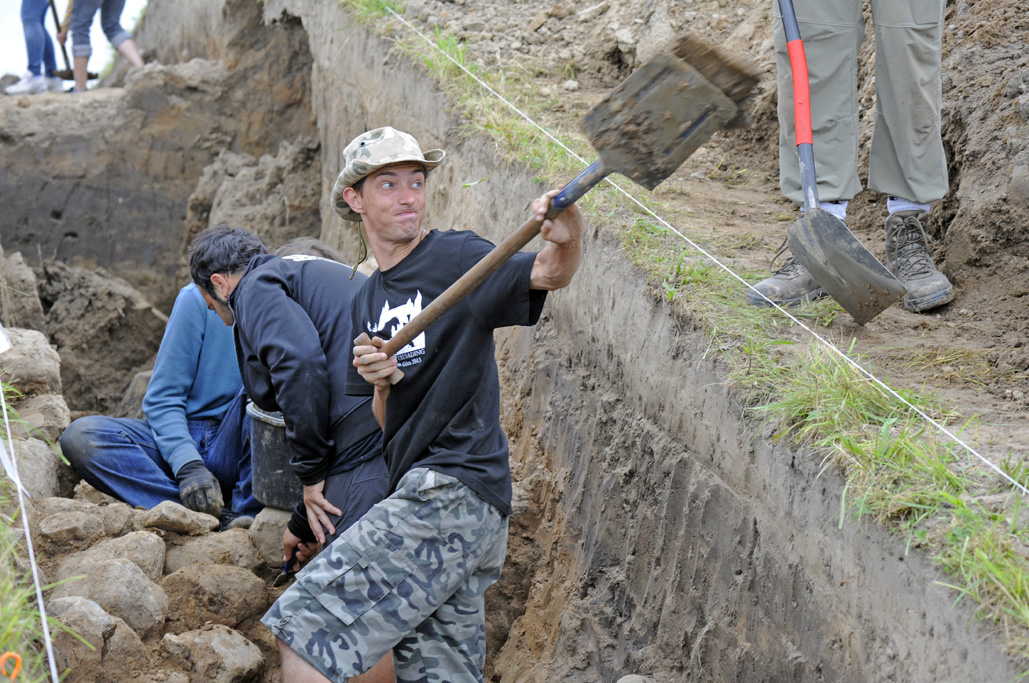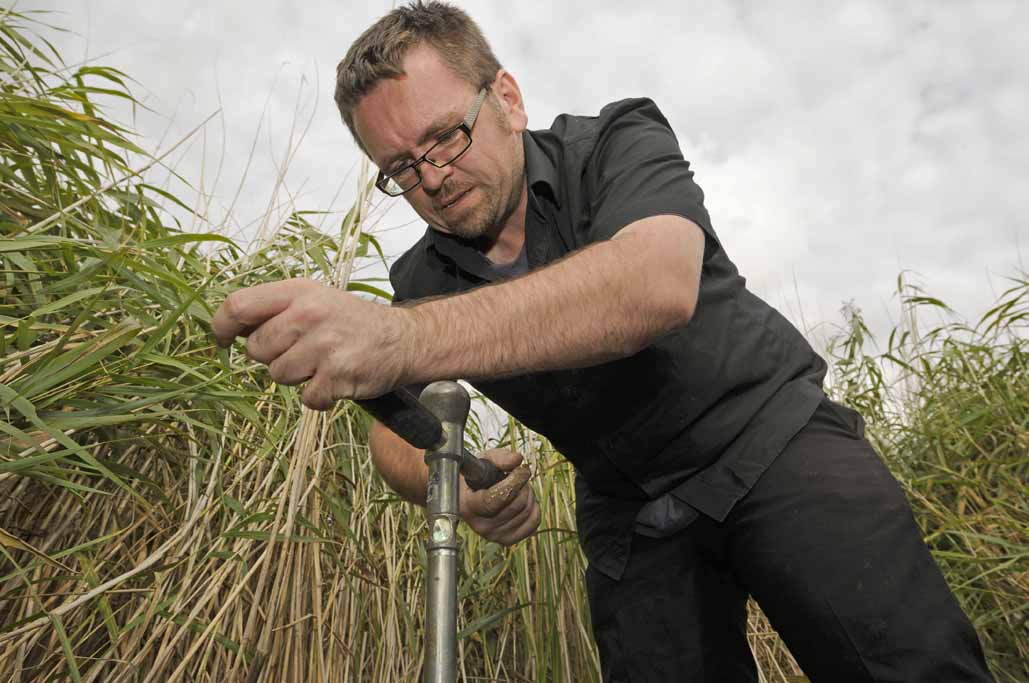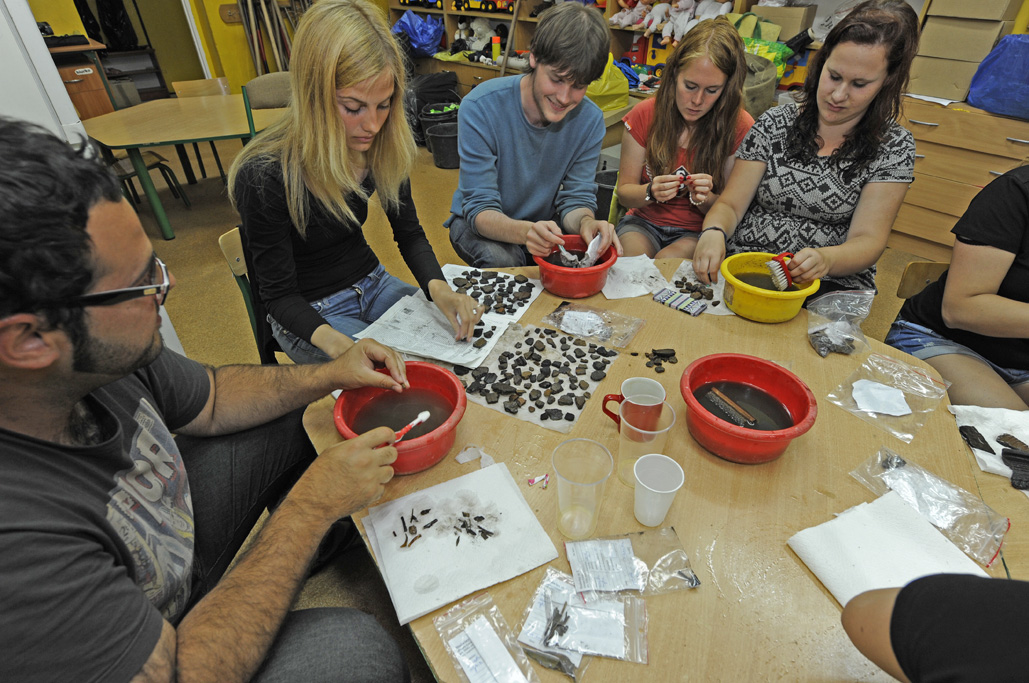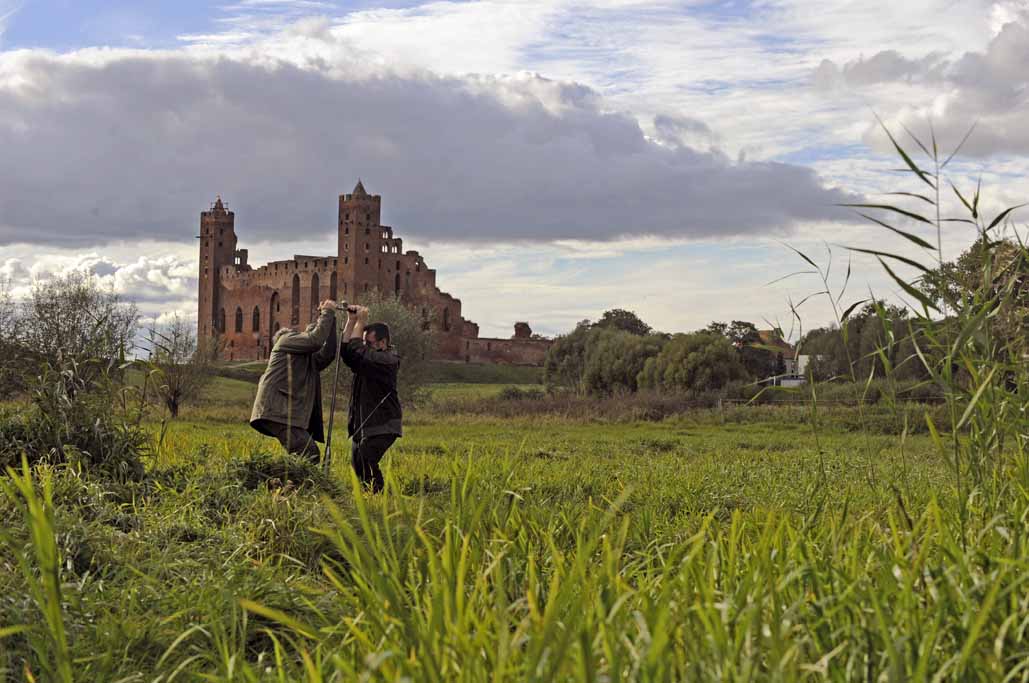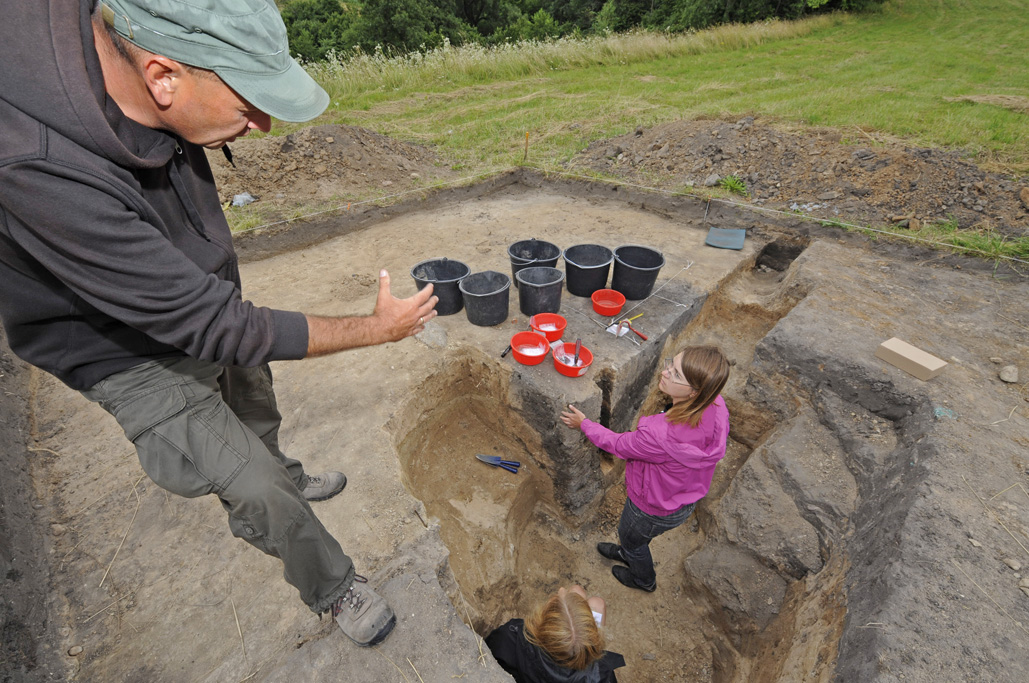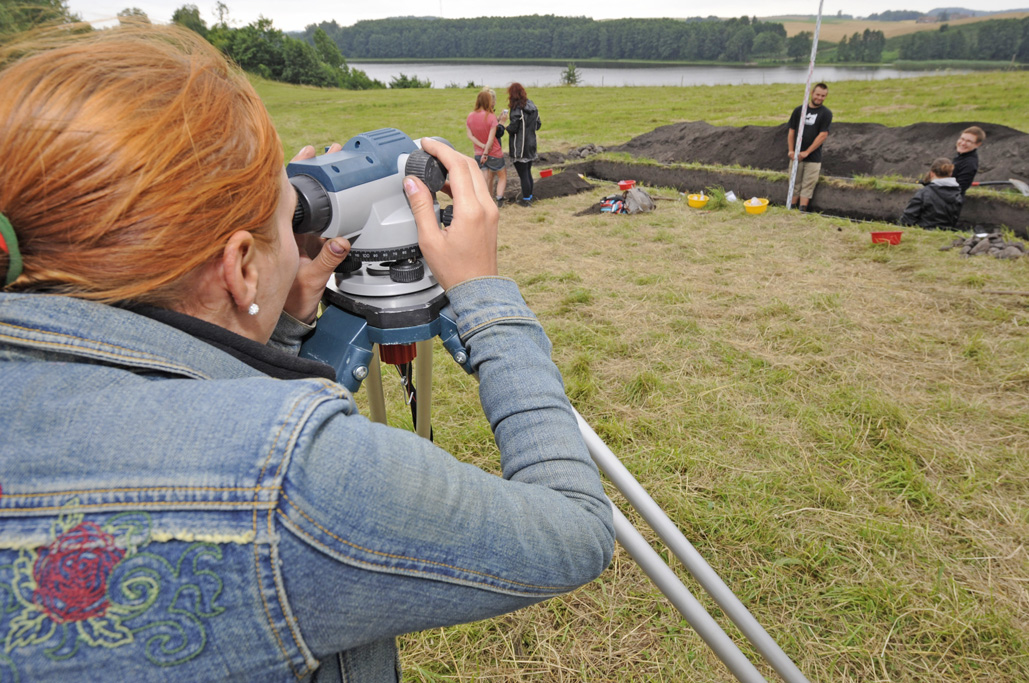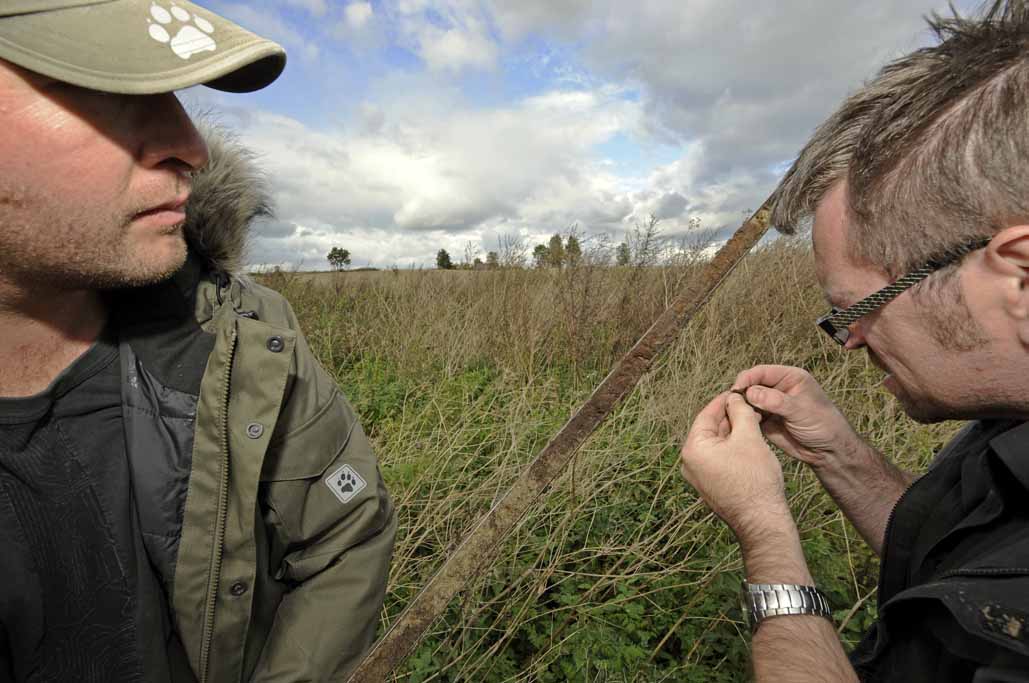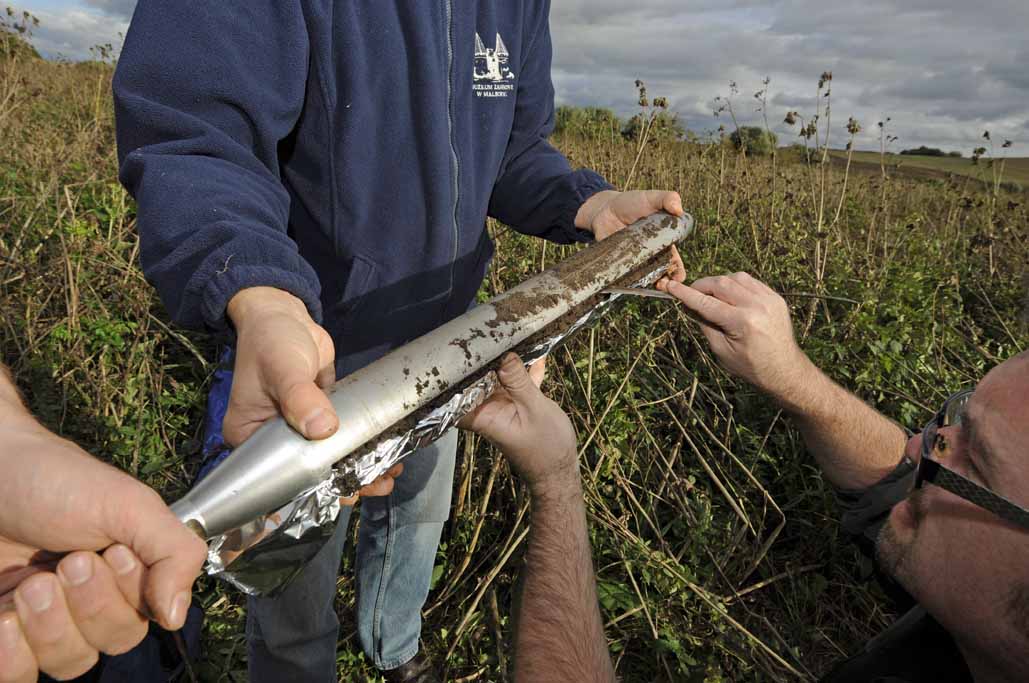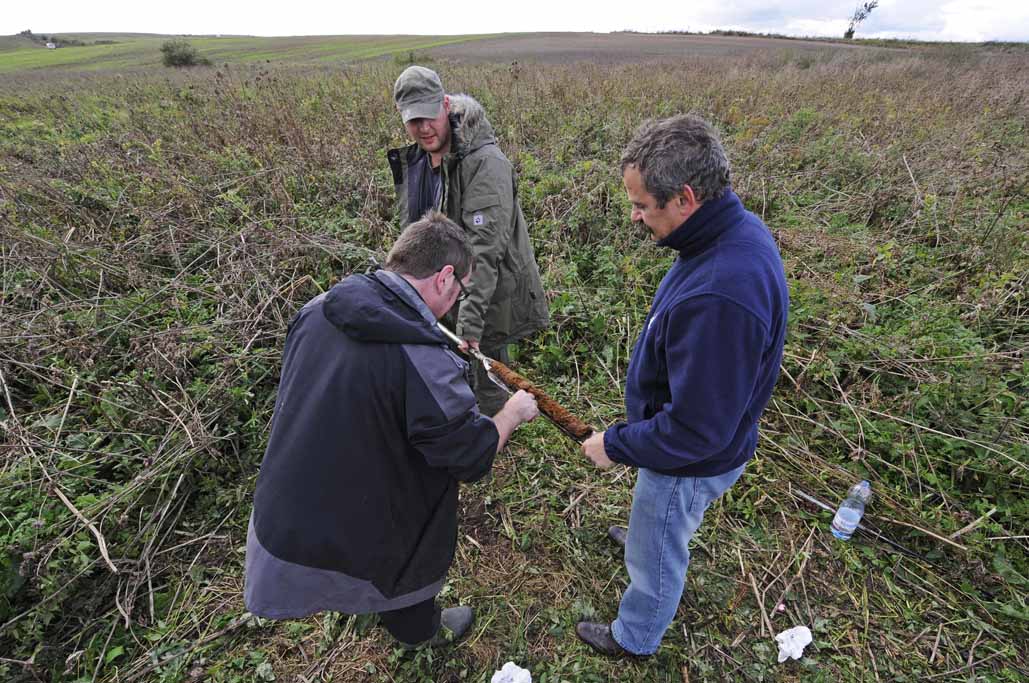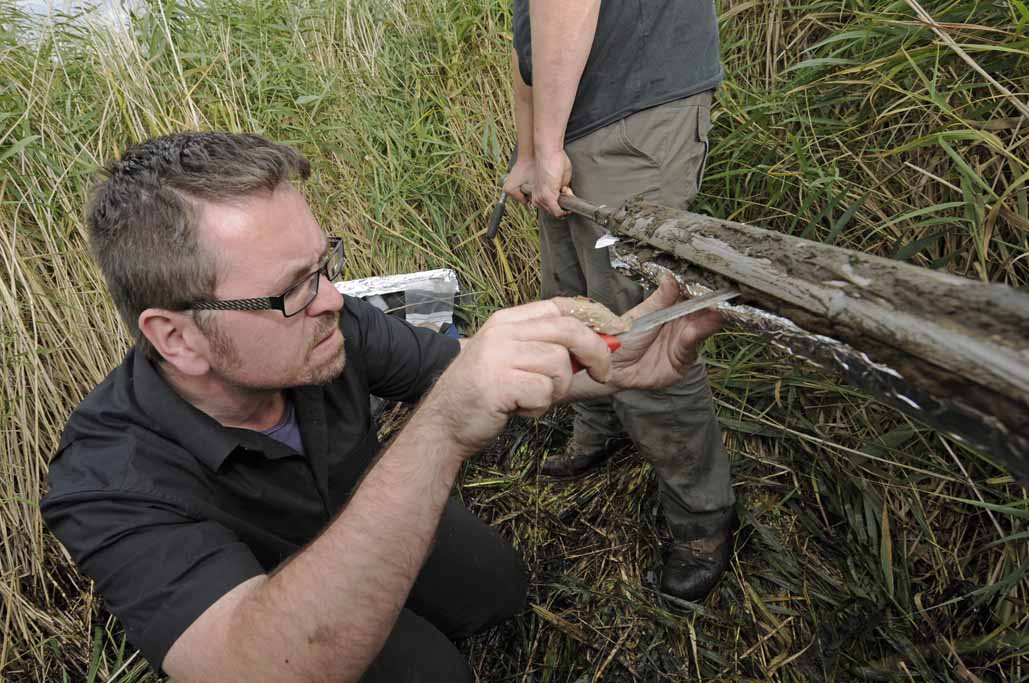A considerable number of people in various countries have contributed to the success of this project. This has included the core team, its partners, collaborators and advisors, alongside undergraduate and postgraduate students in multiple institutions who have been involved at various levels, particularly in excavations, and during the various stages of post-excavation analysis.
Project core team
The core team has consisted of Aleksander Pluskowski (Principal Investigator), Alexander Brown (palynology), Monika Badura (plant macro-fossils), Krish Seetah (zooarchaeology), Daniel Makowiecki (zooarchaeology), Rowena Banerjea (geoarchaeology), Lisa-Marie Shillito (geoarchaeology), Kevin Hayward (petrography), Marc Jarzebowski (written sources), Kaspars Kļaviņš (written sources) and Juhan Kreem (written sources). All geophysics work for the project was carried out by David Thornley.
Project partners
This project would not have been possible without the tireless support and collegiality of our partners across the eastern Baltic and in the UK. They are listed by country in alphabetical order and grouped according to institution, with co-directors of excavations indicated by *:
Estonia
Heiki Valk*, Eve Rannamäe and Martin Malve (Institute of History and Archaeology, University of Tartu), Lembi Lõugas (Department of Archaeobiology and Ancient Technology, Institute of History, Tallin University), Siim Veski and Normunds Stivriņš (Department of Earth Sciences, Tallinn University of Technology).
Latvia
Gundars Kalniņš* (Cēsis Castle Museum), Zigrīda Apala* and Oskars Uspelis* (Institute of History, University of Latvia), Eva Eihmane (Department of History and Philosophy, University of Latvia), Laimdota Kalnina (Faculty of Geography and Earth Sciences, University of Latvia), Māris Zunde (Dendrochronological laboratory, Institute of Latvian History), Agris Dzenis (independent), Uldis Kalējs (Architectural Investigation Group Ltd, Riga), Arnis Mugurēvičs (Faculty of Veterinary Medicine, Latvia University of Agriculture).
Lithuania
Linas Daugnora and Vladas Žulkus (Institute of Baltic Sea Region History and Archaeology, University of Klaipėda), Roman Shiroukhov (Department of Archaeology, Vilnius University).
Poland
Zbigniew Sawicki* and Waldek Jaszczyński (Castle Museum in Malbork), Marcin Wiewióra, Adam Chęć and Dariusz Poliński (Institute of Archaeology, University of Nicolaus Copernicus in Toruń), Maciej Karczewski* and Małgorzata Karczewska* (Institute of History, University of Białystok), Maria Kasprzycka, Mirosław Marcinkowski* and Joanna Fonferek (Archaeology and History Museum in Elbląg), Katarzyna Pińska (Department of Plant Ecology, University of Gdańsk) and Mirosława Zabilska-Kunek (Institute of Archaeology, University of Rzeszów), Seweryn Szczepański (Wojciech Kętrzyński Research Centre in Olsztyn).
UK
Gundula Müldner, Stuart Black and Charlotte Scull (Department of Archaeology, University of Reading); Gary King and Chris Gerrard (Department of Archaeology, University of Durham); Ivy Yeh and Piers Mitchell (Department of Biological Anthropology, University of Cambridge), and Alaina Schmisseur (Department of Archaeology, University of York).
Steering panel
The project has benefited from guidance provided by Grenville Astill (Department of Archaeology, University of Reading), József Laszlovszky (Central European University, Budapest), Mark Maltby (School of Applied Sciences, Bournemouth University) and Anders Andrén (Institute of Archaeology and Classical History, Stockholm University).
Additional thanks
Numerous people have been involved at various stages of the project, particularly during excavations and periods of data collection in Poland, Estonia and Latvia. The team would like to particularly thank Magnus Elander, who photographed our fieldwork, sites and associated landscapes, prompting us to think in new ways about our data and the story we were telling. We would also like to thank Roberta Gilchrist, Nick Branch and Dominik Fleitmann (Department of Archaeology, University of Reading), for their continuing advice and support. We would also like to extend our thanks to the staff of the British Library, the libraries of the Castle Museum in Malbork, the Museum of Warmia and Masuria in Olsztyn, the University of Nicolaus Copernicus in Toruń and the Warburg Institute in London for their help with accessing maps and relevant source material. Finally, we would like to thank all the participants and hosts of the Terra Sacra conference which took place in Riga and Cēsis in 17–21 September 2014.

